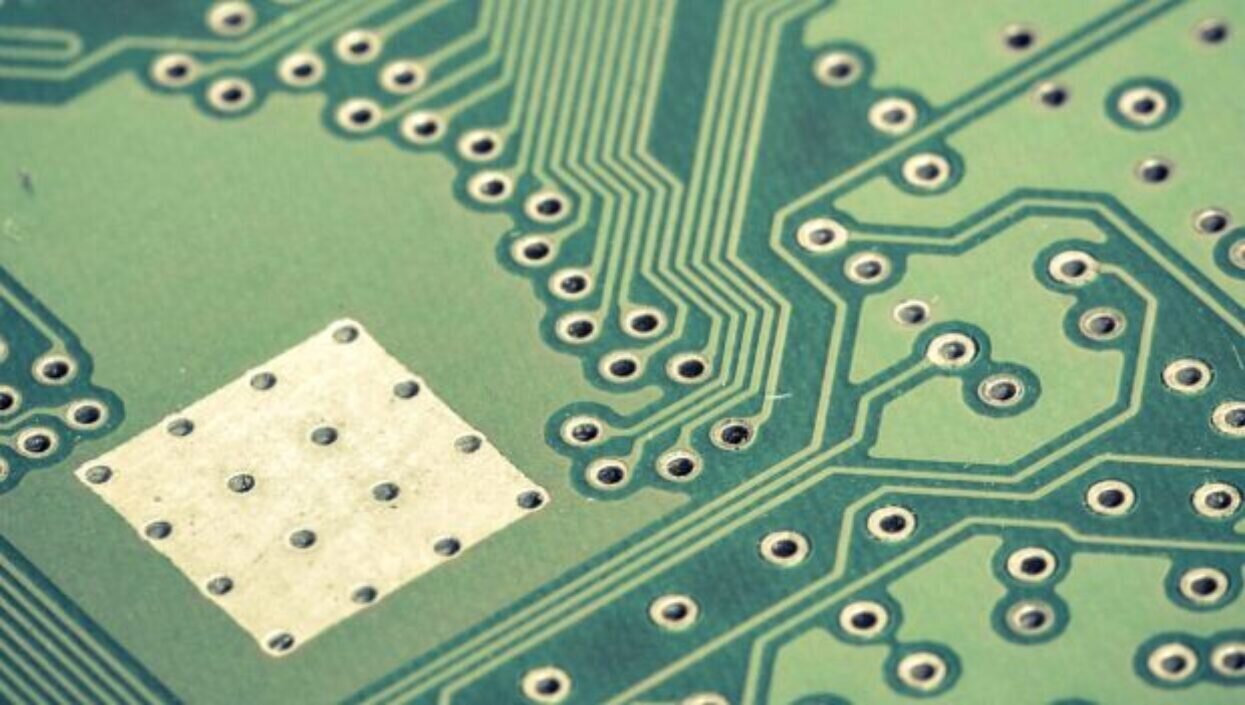
In this series of articles we’re aiming to define the remits of printed electronics, functional printing and industrial printing, as well as identifying where they overlap with existing markets and where new opportunities lie.
When you mention ‘printed electronics’, the subject usually generates a nod of recognition and understanding, although confusion still surrounds its scope and applications.
Wikipedia defines printed electronics as “a set of printing methods used to create electrical devices on various substrates. Electrically functional electronic or optical inks are deposited on the substrate, creating active or passive devices, such as thin film transistors or resistors. Printed electronics is expected to facilitate widespread, very low-cost, low-performance electronics for applications such as flexible displays, smart labels, decorative and animated posters, and active clothing that do not require high performance.”
However you define printed electronics, one thing is certain: it’s a fast growing industry.
IDTechEx, a UK-based market research, consulting and events group, predicts that the total business for printed, flexible and organic electronics will grow from $16.04 billion in 2013 to $76.79 billion by 2023.
The majority of that business is in OLED displays used mainly in the form of illuminated displays for smartphones, as well as conductive inks employed for a wide array of applications such as PV “bus bars”, touch screen bezels and antennas. There are many more emerging technologies and components, from stretchable electronics such as those used in sportswear, as well as memory and thin film transistors to printed and flexible sensors such as those used in biotechnology.
Raghu Das, CEO of IDTechEx, explains that printed electronics is a broad term involving many technologies at different states of maturity: “The topic covers printed, flexible and organic electronics, which may or may not be used with conventional electronic components. Some devices have been in development for more than twenty years, others are just emerging now. So far printed, organic and flexible electronics has enabled four billion-dollar market segments – OLED displays, glucose sensors, e-readers and conductive ink for PV.”
Elaborating on the actual applications that printed electronics can be used to create in addition to displays, Das points out glucose test strips and solar panels as some of the most popular and successful applications. Broadly speaking, consumer goods, healthcare, mobility, electronics, media and advertising are some of the areas that can benefit from printed electronics, which creates opportunities for companies who already have the technologies needed to produce printed electronics. “Companies operating in commodity segments have the opportunity to use printed electronics to offer high value products such as interactive toys and animated packaging. The benefits of printed electronics are numerous – ranging from lower cost, improved performance, flexibility, transparency and stretchability, to reliability and better environmental credentials.”
An outstanding example of a printed electronics application in branding can be seen in some unusual packaging created for Bacardi’s high-end Bombay Sapphire gin. Karl Knauer KG, a German company specialising in the development of innovative packaging, used its proprietary technology ‘HiLight – Printed Electronics’ to create a folding box with printed, actively luminescent surfaces for Bombay Sapphire. A mechanism activates a light animation on the front side of the packaging as soon as it is picked up, and a five-stage light sequence is shown to the potential buyer. First the bottle image and then the fine luminous design elements are shown. The cycle lasts a total of eighteen seconds. It then stops, starting again when the package is moved.
This example shows how printed electronics can set new standards for packaging and for brand promotion at the point of sale, positively influencing marketing and sales opportunities. End users are more likely to be drawn to luminescent than conventional boxes on the shelves; in addition, the brand can be enhanced through association with an interactive and more memorable experience.
Another interesting application of printed electronics is the radio-frequency identification (RFID) tag, which is used to store information and transfer it wirelessly via electromagnetic fields. These ‘smart tags’ can help to verify the authenticity of a product against counterfeiters or detect whether food stays cold throughout its journey from the journey of seafood from boat to fishmonger. They can even link potential buyers to a product’s backstory. A bottle of wine, for instance, might virtually introduce enthusiasts to the region, vineyards, and even the growers that created the wine by linking stored data on the label to the buyer’s mobile device. It’s also worth mentioning that some electrically conductive inks can be printed on clothes to make ‘smart fabrics’ such as sportswear that tracks a runner’s heart rate.
“The business opportunities opened up by printed electronics are enormous,” summarises Das. “However, a more system-integrated approach should be encouraged and pursued. There are many companies that are able to print displays, batteries and transistors, but there are few who can take advantage of these items and integrate them into complete solution aimed at creating and commercialising novel products to generate new revenue streams,” he concludes.
In the final article in this series we will examine the technologies used in functional printing and printed electronics in more depth, as well as noting the technological advances worth watching in the future.